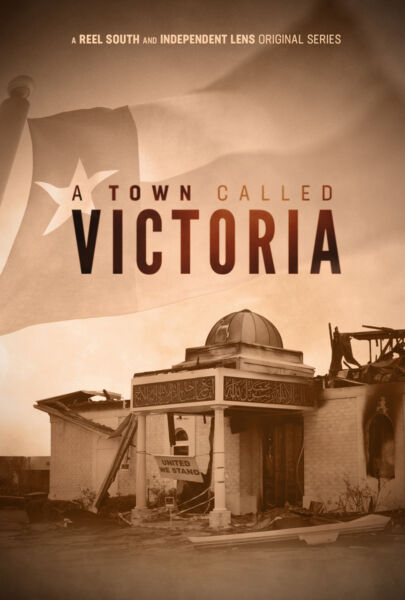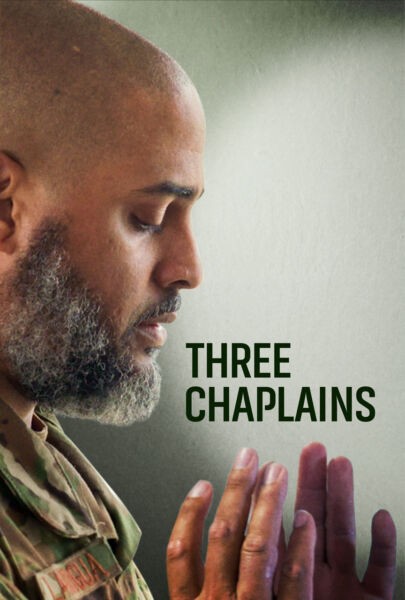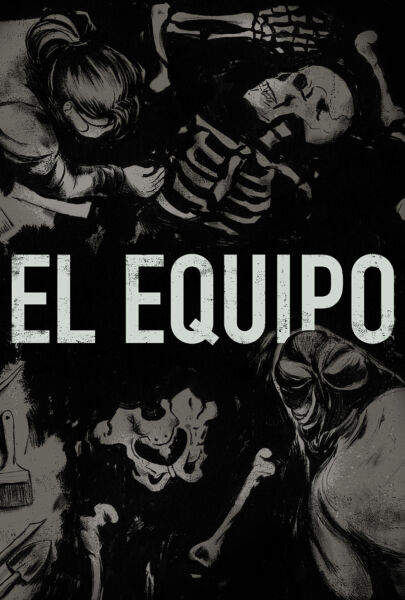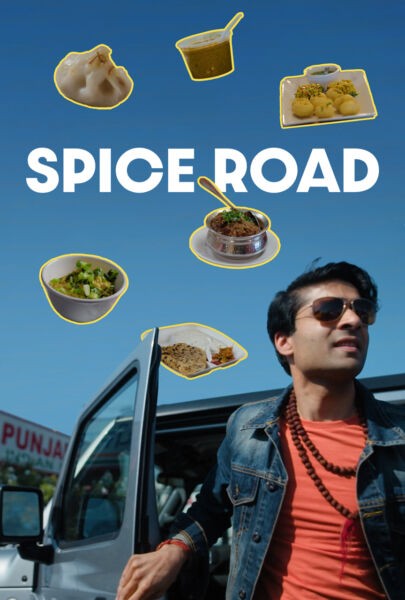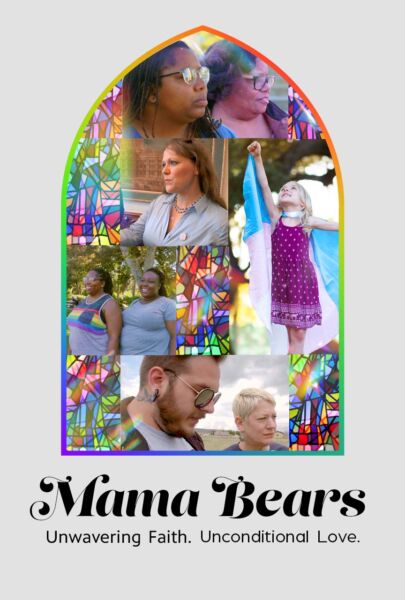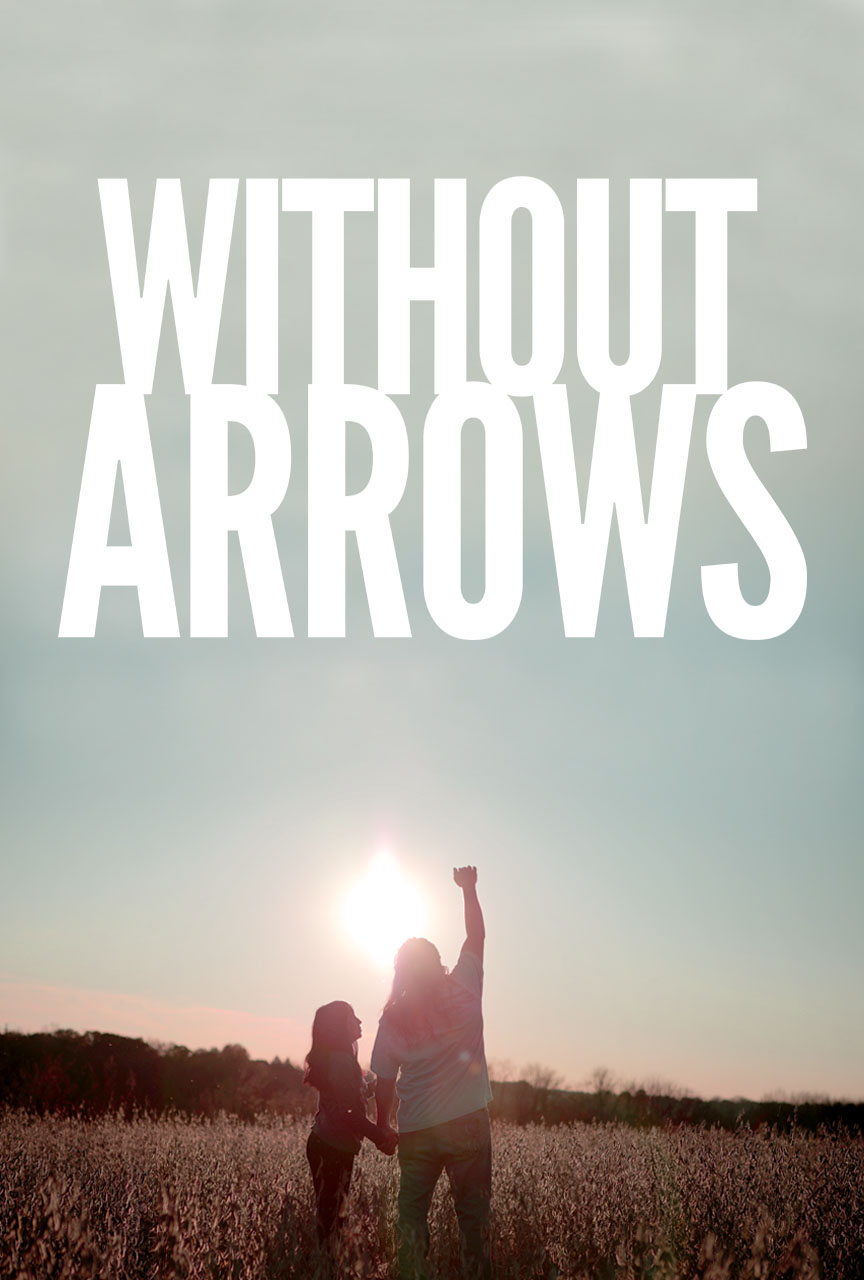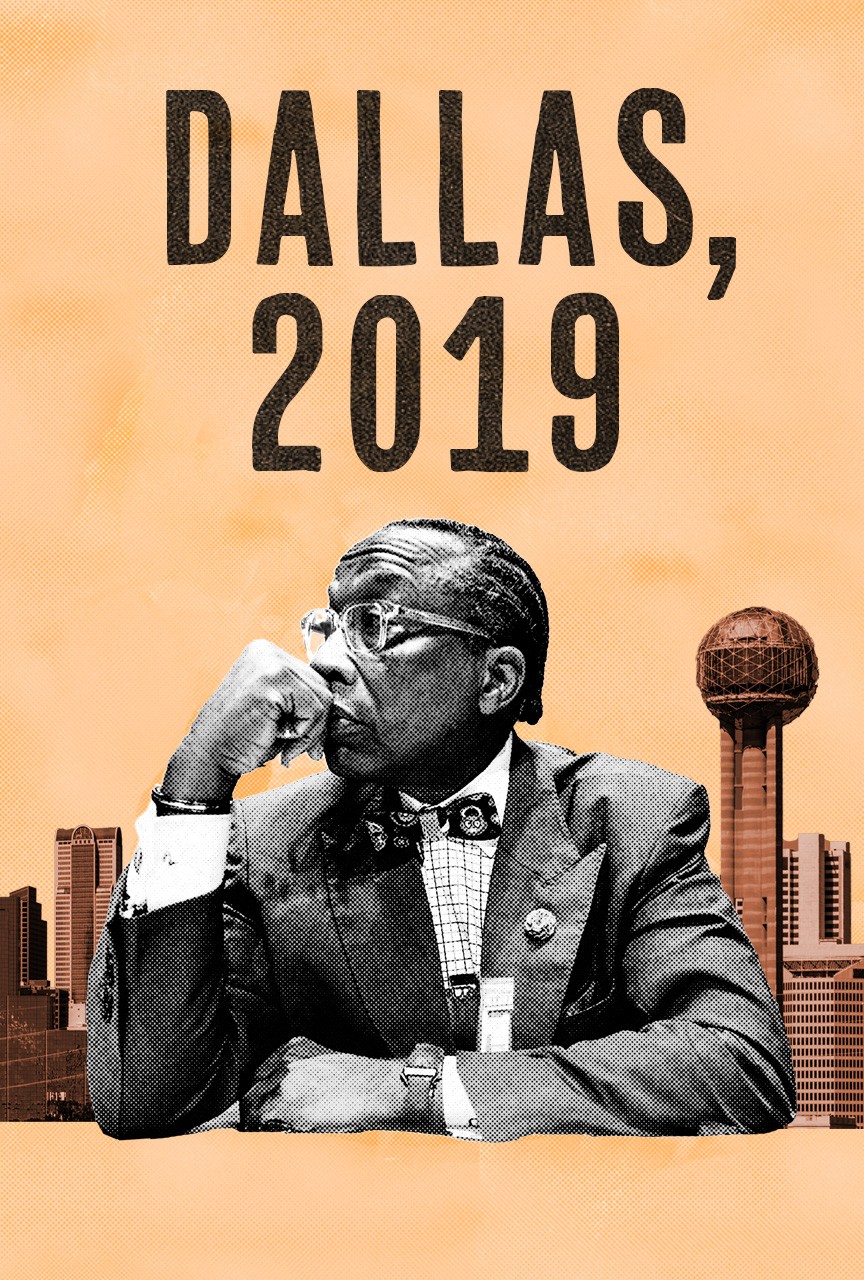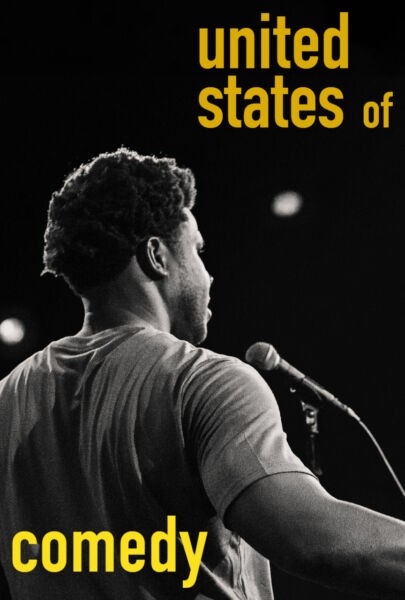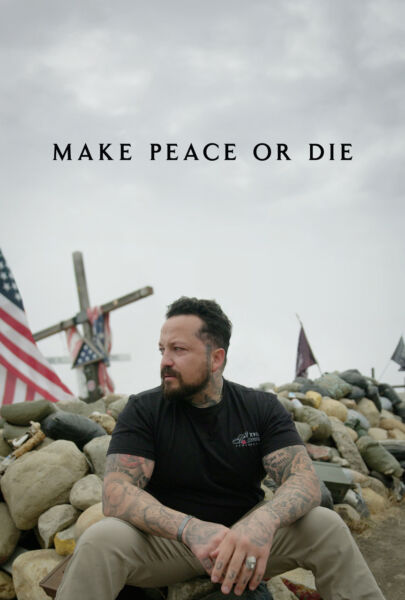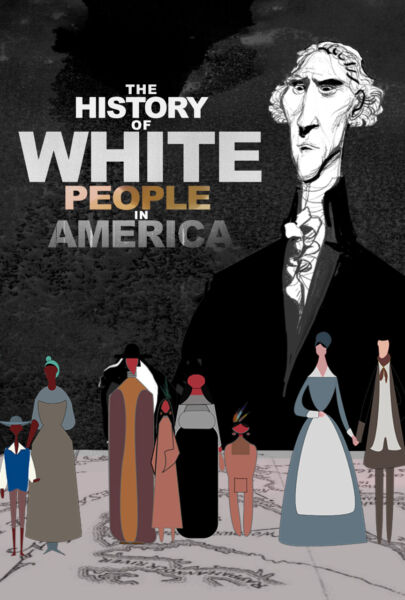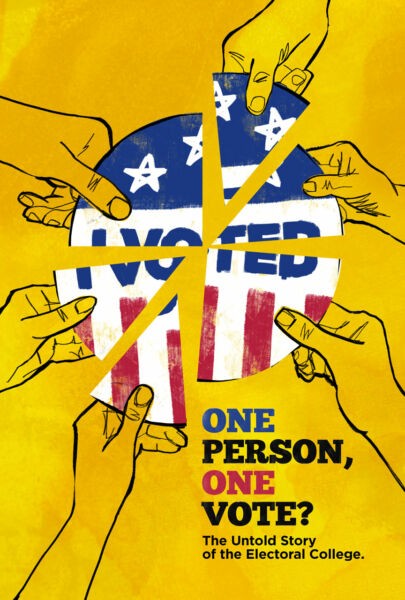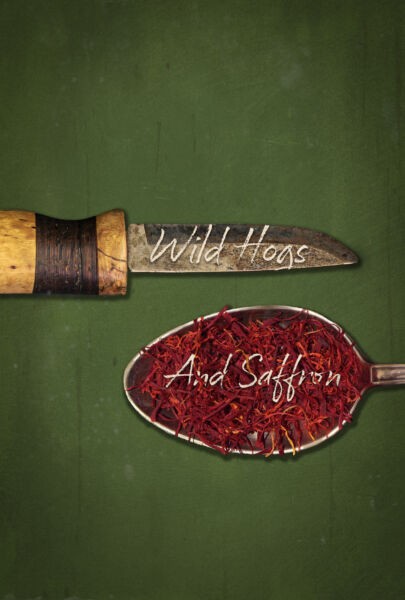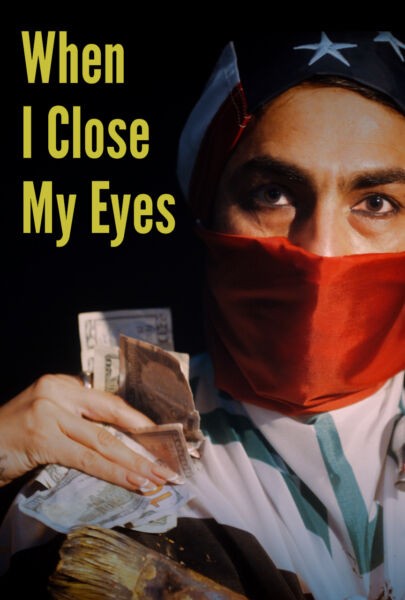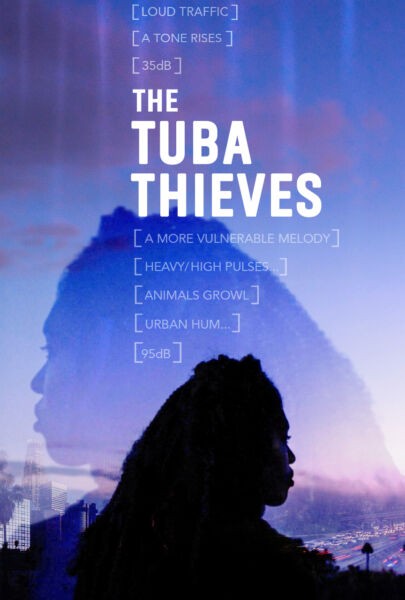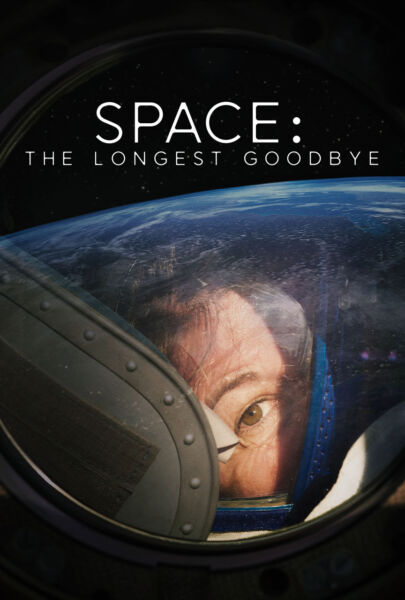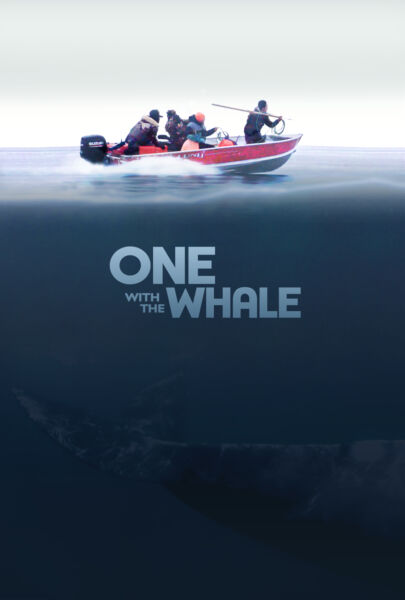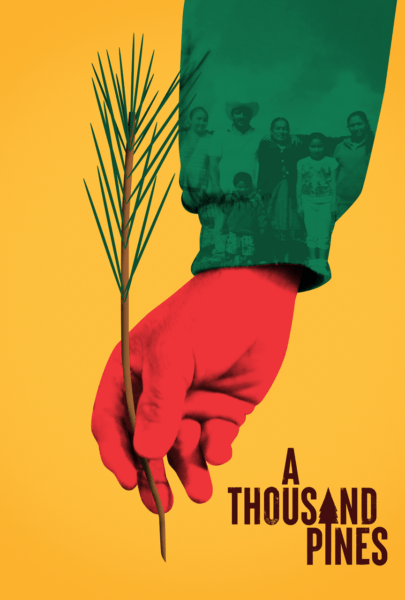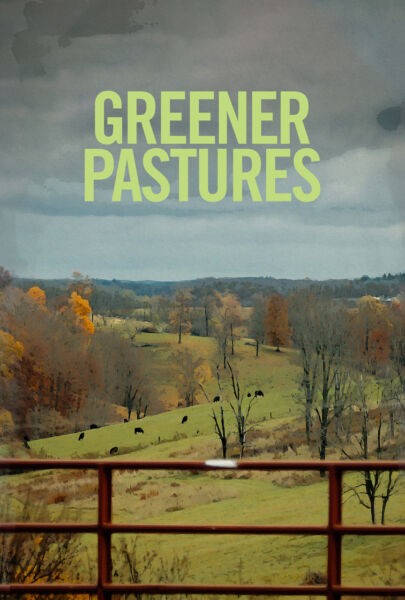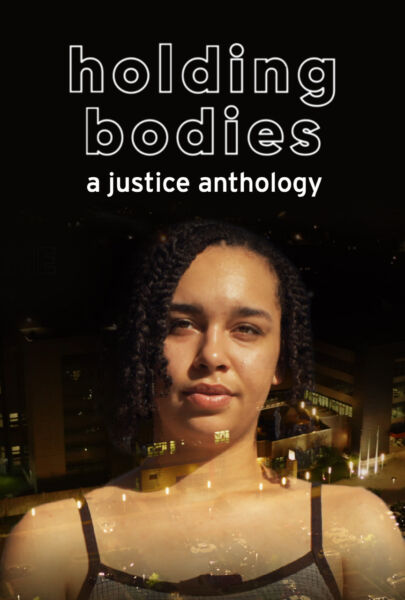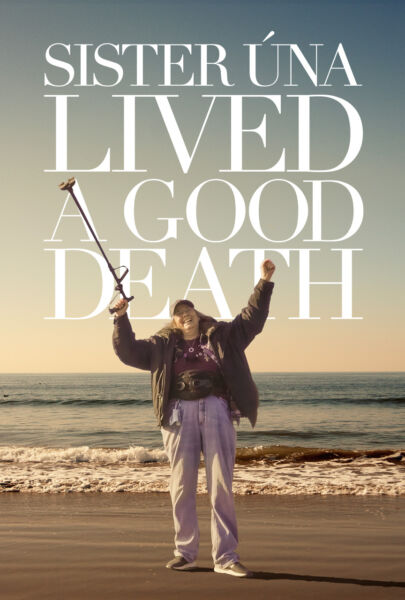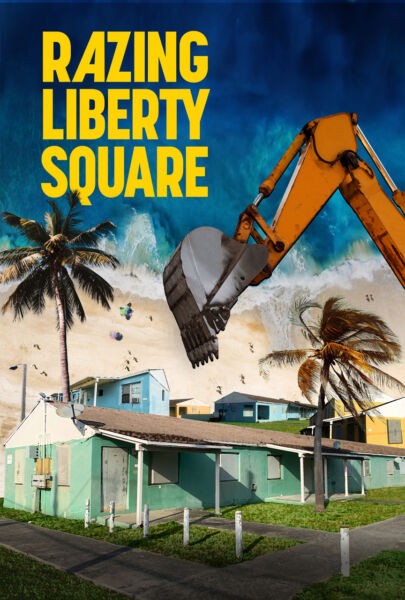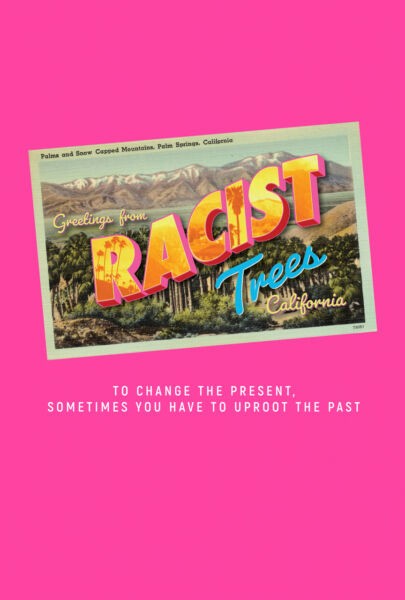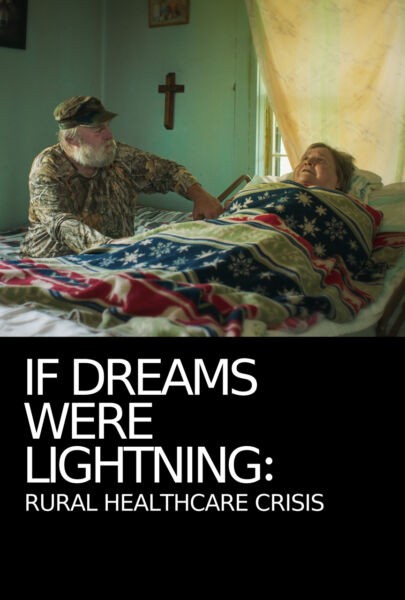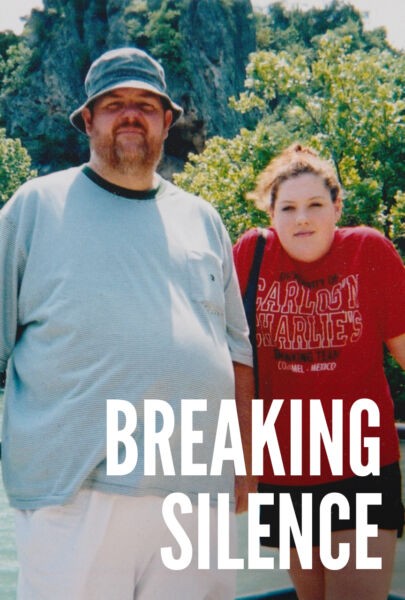
Rintu Thomas and Sushmit Ghosh, co-directors, made a long journey metaphorically and literally with their film Writing With Fire, from northern India’s Uttar Pradesh state, where they worked on the film for four years, to winning awards at Sundance in Utah to an underdog Oscar nominee. The film marked the married couple’s feature-length documentary debut and captures the Dalit journalists of India’s only all-women newspaper Khabar Lahariya (“News Wave”) newspaper, who risk their own safety to cover the country’s political, social, and local news from a women-powered perspective. It’s also a fascinating, and sometimes disturbing, look at India’s caste system as well as an intense in-the-moment look at a far-right religious movement rising to power. But it’s the women at the center of Writing With Fire who will mesmerize and inspire you.
Rintu and Sushmit, 2021 IDA Courage Under Fire Award honorees and Sundance Fellows, live in New Delhi, which is a half-day train ride away from Uttar Pradesh. In an interview with Movable Fest, Rintu called the making of this film “a rollercoaster. On some schedules, we felt, ‘Oh my God, so much material would go directly into the story because every day, there were so many cases,’’ and we were filming that. And because we’re also editors, how were we going to put this together was playing at the back of our minds.”
The filmmakers talked to us about making Writing With Fire, including how they ingratiated themselves into the lives and work of these women, and how they all took risks to tell their stories.
What initially led you to want to tell this story and make Writing With Fire? How did you first learn about this newspaper?
In 2016, we came across a beautiful photo story online, where a woman journalist was distributing newspapers in a media-dark village. This image intrigued us and we followed it to discover Khabar Lahariya, India’s only newspaper run entirely by women. Working in the rural heartlands of the state of Uttar Pradesh, these women had been stirring a quiet revolution for 14 years by running a newspaper that reframed the understanding of who counts, who belongs, and who decides what news is.
We got invited to attend a meeting where they were debating a transition from print to digital. The energy in that room was a heady mix of excitement, nervousness, cynicism: semi-literate women, most of whom had never touched a smartphone, were setting themselves up to a David vs. Goliath challenge. It was a moment that instinctively spoke powerfully to both of us and we decided to embark on this journey with them, telling the story from the inside.

Filmmakers Shushmit Ghosh and Rintu Thomas, L-R
The women in Writing With Fire take risks telling their stories, and perhaps so, too, did you in making a film about them. What were some of the biggest risks and challenges you faced in making this film?
The film is set in the state of Uttar Pradesh, which is a deeply fraught landscape—caste discrimination, violence against women, and political corruption seep into each other and this matrix dictates everyday life. The biggest challenge was filming with our characters, who were mostly working in extremely hostile spaces—reporting from illegal mines run by powerful mafia, in police stations where rolling a camera is almost impossible, in meetings with politicians who are reluctant to be questioned by women with a camera. And also in spaces of deep grief—homes of rape survivors, families of murder victims, and survivors of domestic violence.
Read More >>
Women Journalists Are Targeted Just for Reporting the Facts
And how did you proceed in a way that wouldn’t be too disruptive for these women?
We knew we had to have a quiet presence, with equipment that was almost invisible so that we didn’t interrupt the work of our characters and also maintained the sanctity of the moments that were unfolding between them and the people they were interacting with. We decided to strip down the crew to three—both of us directing, Sushmit was also the cinematographer [plus] our second cinematographer, Karan Thapliyal.
We decided to let go of filming with our usual camera of choice, the FS7, and stripped down the film kit to two DSLRs [digital single-lens reflex camera], prime lenses, and a zoom lens. The sound equipment had to be compact, too, as we couldn’t call attention to ourselves with big boom rods so all location sound recording had to be done by me on RF [wireless] mics and an H6 Zoom recorder.
This initially felt like a less-than-ideal way of working, but as we filmed in Uttar Pradesh through its hot summers, monsoons, and bitter winters, jostling for space on rickety buses and overcrowded rickshaws, walking hours every day under the baking sun to get to villages that didn’t exist on maps, we chose to make the most of this arsenal.

Meera and Suneeta reporting on an illegal mining mafia in the heartlands of Uttar Pradesh.
We developed a discreet sign language as we shifted fluidly between angles and characters and lenses, both in the chaos and deep silences of the area.
We innovated and multi-tasked to create a cinematic landscape that is very, very close to how we had imagined it from the outset.
Obviously, trust is integral to the success of this film. How did you get these women to trust you, ultimately?
The very first footage we rolled for this film was the scene (now in the film) where Meera makes a pitch to her team about shifting from 14 years of print to digital. In the few hours we spent with them with and without the camera, we had a strong sense of who our characters would be. Meera was a natural leader, gentle yet firm. [Reporter] Suneeta has exceptional energy about her, questioning everything; she was a very natural foil to Meera.
And [newcomer reporter] Shyamkali expressed nervousness around technology and change but carried in something fierce and strong. We wanted to spend more time with these women, experience their spirit, and explore how they negotiated the power structures inside and outside their homes as women, bosses, colleagues, mothers, sisters. Our process was armed with patience and respect. We had many conversations with them, shared our past work with them so they were able to access our lens and visual style.
When we asked them questions, we simultaneously created an equitable space where they could ask us questions too—personal and professional. “Why do you want to make this film on us,” they asked. The popular imagination about Dalit women always portrays them as victims of oppression. We saw them as confident women and were interested in exploring their personalities, personal histories, and dreams, making them relatable and inspiring characters.
The extraordinary spirit within each of these ordinary women is what we were keen to explore and articulate right at the beginning, allowing all of us to have honest conversations.
During production, the guiding principle was mindfulness. Our camera always stayed close to them as they traveled on foot, [in] buses, and autos to experience their world through their eyes while maintaining a respectful distance when observing them navigate their complex personal realities. This process slowly built trust which gave way to friendship and that’s when we got access to their personal lives. This access came with huge responsibility and we let tenderness and respect lead our way.
Building trust is the first step, we believe that nurturing it has many contours, and in the four years we spent filming our protagonists, we never lost sight of this aspect of storytelling.

Chief Reporter Meera reporting from a village that has no electricity.
Is there a scene in Writing With Fire that you particularly love or had an especially big impact on you?
The night scene at Suneeta’s place, where she has friendly banter with her father, is a scene that we love. Unfortunately, it had to be really cut down short due to time constraints, but that moment was special for us: where we discovered the beautiful relationship she shares with her parents, especially her father.
Her father is a true feminist, someone who sacrificed everything to ensure Suneeta can grow up to be a strong-minded, autonomous young woman who can think for herself, express her feelings, and chase her convictions, making her an extraordinary human being, something that you see shine through the film.
Obviously, you want everyone to see this film, but who do you think should see it the most or get the most impact from seeing it?
- Journalists;
- Journalism schools and colleges;
- Women leaders (across industries, not just journalism) who can become amplifiers of this story;
- Organizations working on advocating for greater participation of women in democracy and media;
- Institutions working on strengthening independent journalism globally;
- Organizations working on Dalit rights/rights of underrepresented communities;
- Feminist writers and artists.

Meera interviewing the family of a mine worker who was killed in an accident.
What advice do you have for aspiring filmmakers?
It’s really important to have a story you’re telling that you really believe in. Producing and directing a documentary film can sometimes take many years, involve many partners and has its own set of challenges—so having the conviction to tell the story you want, is really something that comes from your faith in it. If you don’t believe in your film, it becomes someone else’s and that’s always a path best to avoid! Find a story you’re passionate about. Everything else will follow.
Learn More:
“What happens when women reclaim the spaces that are designed to exclude them?” Oscar-nominated filmmaker Rintu Thomas speaks to CNN
Listen ? NPR “Here and Now” Interview:


